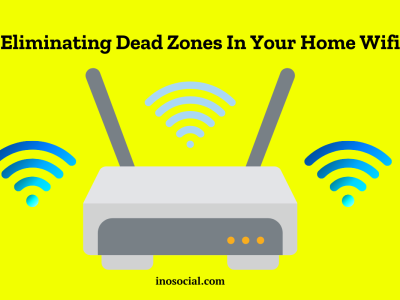Today’s dynamic work environments — where the coworking space has become an integral part of fostering collaboration and flexibility — put technology front and center as businesses embrace new forms of working practices that employ it seamlessly into workplace efficiency. Technology serves as the glue that brings teams together beyond the physical limitations of traditional offices; discover how the right combination can transform traditional office settings into hubs of productivity and connectivity.
The Power of Collaborative Tools
Communication is at the core of every successful endeavor, and collaborative tools play a pivotal role in workplace collaboration. From project management platforms to instant messaging applications, these collaborative tools instantaneously promote real-time team member interaction. Imagine a scenario where ideas flow freely, feedback is instant, and project updates are transparent.
Such an environment not only fosters better teamwork but also significantly boosts overall workplace productivity. Collaboration tools go well beyond communication: they streamline project workflows, foster creativity, and offer an accessible knowledge-sharing platform – in other words they act like bridges between disparate parties, helping the collective intelligence of teams bloom and thrive.
Collaborative tools don’t simply facilitate conversations; they create an environment in which ideas can take root and flourish into tangible results. Their seamless integration ensures the workplace becomes not simply physical but an ongoing digital experience where the collective efforts of teams converge towards shared goals.
Streamlining Processes with Smart Office Solutions
Smart office solutions are tailored to streamline everyday tasks for more efficiency and productivity in the workplace. Automation tools can take over repetitive processes that take too much of employees’ time away from strategic initiatives; smart lighting systems that reduce energy use while increasing worker security provide further advantages; with this technology in their arsenal businesses can enhance operational efficiencies as they create environments tailored to evolving workforce needs.
Smart office solutions go beyond conventional perceptions of automation; they transform how tasks are executed by making processes smarter, responsive, and tailored to suit the specific requirements of organizations. Imagine an office where routine administrative duties are seamlessly taken care of by intelligent systems while employees focus on tasks that require human ingenuity instead.
The Role of Connectivity in Productivity
Seamless internet connectivity has become a requirement of modern office life. A well-connected office creates an ecosystem in which information moves seamlessly, enabling teams to collaborate without interruptions. On the flip side, poor connectivity may cause frustration, downtime, and an overall decrease in productivity – so realizing its significance for creating an ideal work environment where tasks are completed efficiently while communication stays uninterrupted is imperative for maintaining productivity levels at their highest potential levels.
Connectivity extends beyond the technical aspects of internet speed and bandwidth; it encompasses the ability of teams to remain interconnected in a digital landscape. A well-connected office ensures that virtual meetings run smoothly, files are shared instantaneously, and collaboration transcends geographical constraints. The importance of connectivity is not just about facilitating work tasks; it’s about fostering a sense of unity among team members, even when physically dispersed.
Future-Proofing the Workplace
Technological developments evolve quickly, necessitating businesses to keep pace to remain efficient and competitive within an evolving work environment. Future-proofing the workplace involves taking advantage of current technologies while staying informed on emerging ones – not forgetting solutions scalable enough for changing business demands. By adopting an adaptable tech solution approach businesses can ensure they remain efficient and competitive as technology changes take effect.
Future-proofing doesn’t just mean purchasing cutting-edge technologies; it means creating an environment in which employees feel equipped to navigate an ever-evolving digital sphere. A successful futureproofed workplace creates not only long-term stability but also fosters a culture of continuous learning within teams allowing for adaptation to emergent tools and methodologies as they appear – meaning employers who successfully futureproofed their workplace can not only stay ahead of competitors by keeping current while creating an atmosphere in which employees feel equipped for digital success.
Takeaway
Embracing technology is an essential step toward creating the optimal office setting. Integrating collaborative tools, smart office solutions and robust connectivity creates an environment in which productivity flourishes. Future-proofing the workplace helps businesses remain at the cutting edge, adapting quickly to innovations that increase efficiency or meet changing workforce needs. Technology integration into workplace environments should not just be seen as optional – rather, its presence is integral for sustained success and growth.











